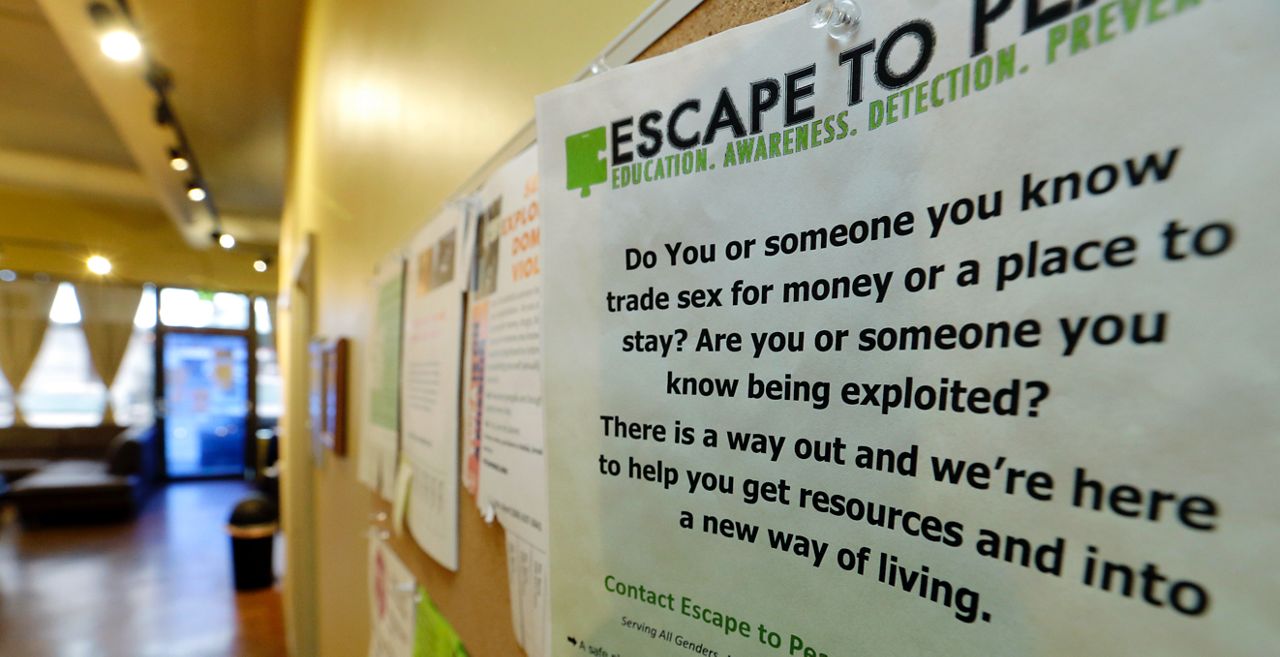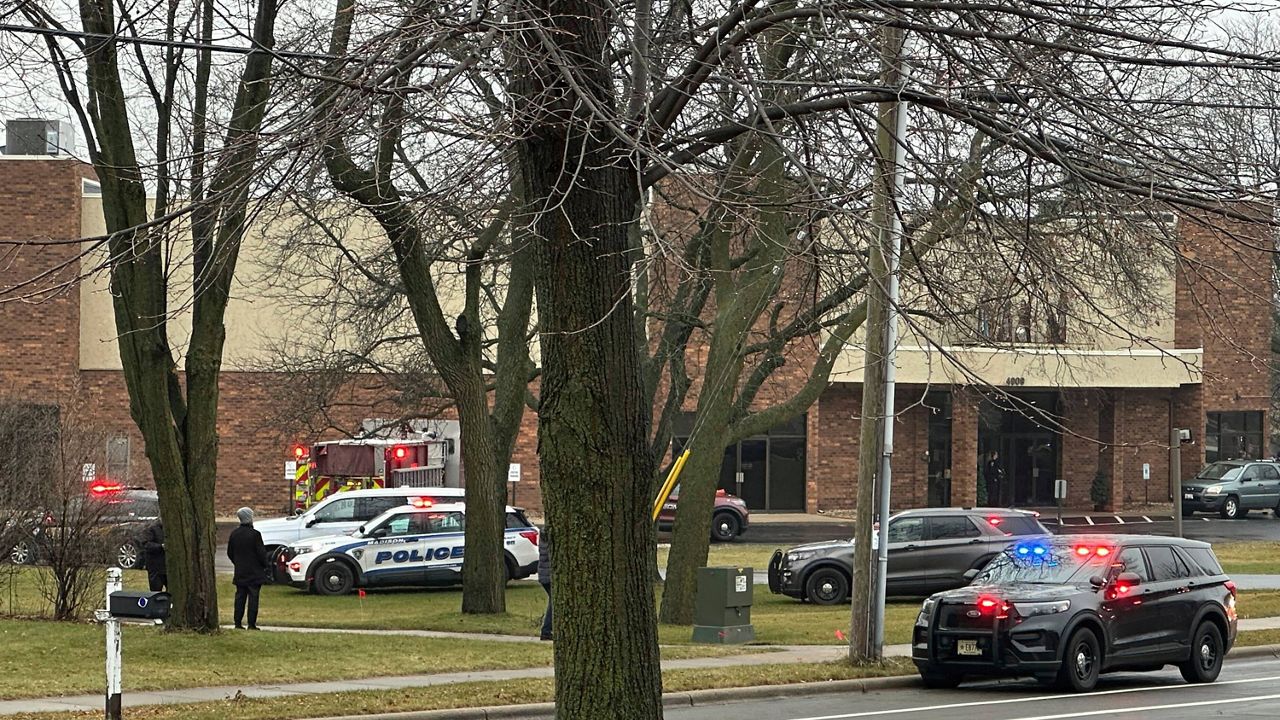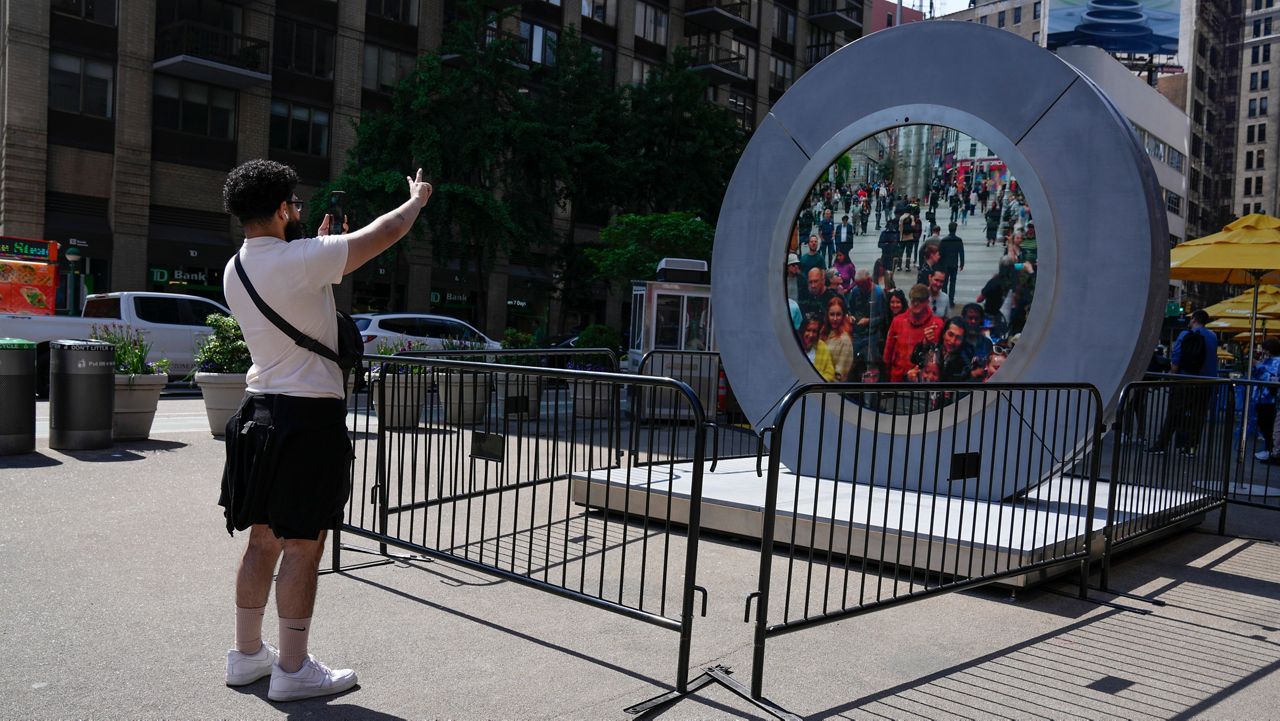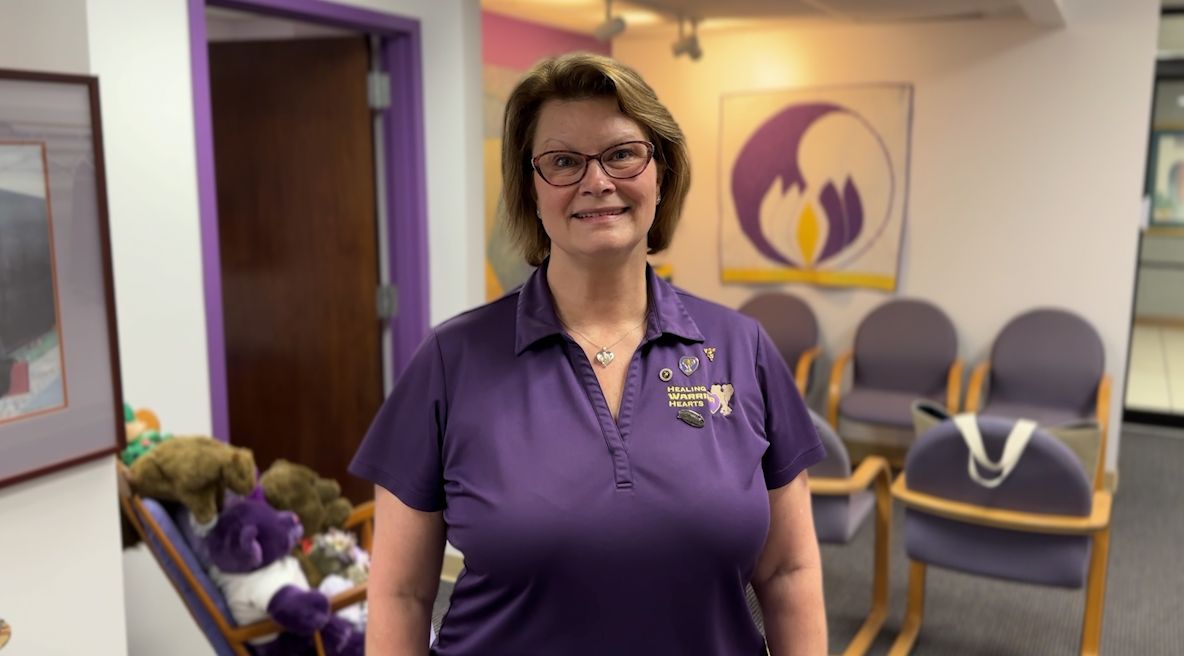Editor’s note: Second in a five-part series on human trafficking in Wisconsin: How are sex trafficking victims lured in?
FOND DU LAC, Wis. — It was a diaper run – something young mothers across the country do every day.
McKenzie Zahradnik was with her two children – ages 2 and 4 months – and pregnant with her third child when they went into Target.
What You Need To Know
- The majority of human trafficking victims are recruited on internet platforms
- Emojis are now being used by traffickers to lure victims
- University of Miami study found 85% of parents cannot decipher “emoji language”
- Traffickers also use local avenues to recruit victims, including hotels used when shelters are full
“We’re getting wipes and diapers,” she said. “And I had a group of males come up to me and ask me if I needed help buying these, if I could afford them. I was very uncomfortable. I was like, ‘No, I’m a professional in the community. I can have my own children, like, I can afford them. Thank you for your offer.’
“And he was like, ‘No, like, I can really help. And I can help give you a better life. I can help make you some side money.’ And so instantly, I thought of trafficking.”
Zahradnik had just started a new job as a Prevention Educator at ASTOP (Assist Survivors. Treatment. Outreach. Prevention), where a large part of her role is to serve as an advocate for victims of sex trafficking.
“If I was an individual that was struggling, how easy would it have been to take up that offer for him to pay for diapers and wipes? And then maybe I owe him something. Target of all places. I thought Target was a safe place. And here I am with my two children by myself in Target, and I was vulnerable.”
This is just one avenue of how it begins. Physiological necessities, safety and security, love and belonging are all basic survival needs traffickers use to lure and manipulate victims. It’s better known as grooming. And it’s powerful.
“That's the epitome and the foundation that ends up happening for any young lady or young man that's pulled into it,” said Milwaukee’s Nancy Yarbrough, a sex trafficking survivor and now the founder and executive director of Fresh Start Learning, Inc. “That sense of love and acceptance and belonging, and that’s what keeps you in there longer than you want to be. Even though you know better.”
Polaris, which operates the U.S. National Human Trafficking Hotline and has built the largest known dataset on human trafficking in North America, released a two-year study in 2018. Among its findings, it reported 845 potential victims were recruited on internet platforms. Facebook (250), dating sites (120), Instagram (78) and other platforms like Craigslist, chat rooms or a website that could not be identified (489) were also used as recruiting sites.
Today, even emojis are used as a form of grooming.
Zahradnik spoke of such a case she came across in a training session on how technology is used in trafficking.
“The things that they were communicating wasn't through actual words,” she said. “It was through different emojis and they meant different things. So, if we take our child's phone and we're trying to look through it, do we always know what that fully means?”
Based on a 2020 report by the University of Miami, probably not. Among its findings, it said: “Children and teenagers already rely on emojis to speak in a way that a reported 85% of parents cannot decipher.”
Zahradnik shared that information with Stephanie Schultz, the former executive director of ASTOP.
“And we're millennials,” Schultz said. “We're pretty tech-savvy people. But if I had looked at that communication, that would not have looked suspicious to me. And it’s really kind of scary to think that young people, who are pretty technology savvy, that's even out of the realm of our scope of knowledge.”
According to Melissa Fus, special agent in charge of the Human Trafficking Bureau under DCI and who is overseeing the Wisconsin Anti-Human Trafficking Task Force announced by Attorney General Josh Kaul in January, technology is an ever-changing playing field.
“I think one of the challenges law enforcement has is to stay ahead of the game,” she said. “Because a lot of these traffickers become sophisticated in ways to try and throw off law enforcement.
“That's part of the importance of doing training and education with law enforcement, so we can try and keep up with the new way recruitment is, or the new way of communication is, because it is ever evolving. And that is of the challenges we face as law enforcement in trying to be proactive.”
Yet, traffickers use other ways to lure victims in a way social media cannot.
“This victim specifically that I had went on for an advocacy request, said she met her pimp at a (local) hotel she was given a voucher because the (local) shelter was full,” Zahradnik said. “So they know certain locations in town that shelters give vouchers for hotel stays. And they use that as a vulnerability to get guys and girls to get involved because they don't have a place to stay.
“Now they have a guy, or girl, that is interested in them, that wants to be their friend at first. It takes a period of time to really get to know them. And then they think they're in a relationship, so they move in.”
And now they have them under their control.
“They’ve gained that trust,” Schultz said, “which is how they can coerce them into those activities.”
Activities that include introducing different partners for sex.
“And a lot of times they do these activities to please their partner,” Zahradnik said. “They think they're partaking in this sexual act to please their partner because their partner is turned on, so to speak, by it. So it's kind of a really deep psychological thing.”
And there is one key point to remember in all of this.
“It may seem to a casual observer that there's a lot of choice involved,” said Maria Turner, executive director of the Fond du Lac Women’s Fund, and held previous roles at the Green Bay Center for Childhood Safety and Harbor House Domestic Abuse Programs.
“And so, from my experience in talking with victims, a lot of times there's a family member involved that will actually sell the children or pimp them out for things like drugs or for money. And there's a lot of that going as an entry point for young children that are being trafficked in this way.
“We have to try and remove that stigma and judgment piece where people are wanting to characterize sex traffickers as everyone making a choice toward that lifestyle.”








